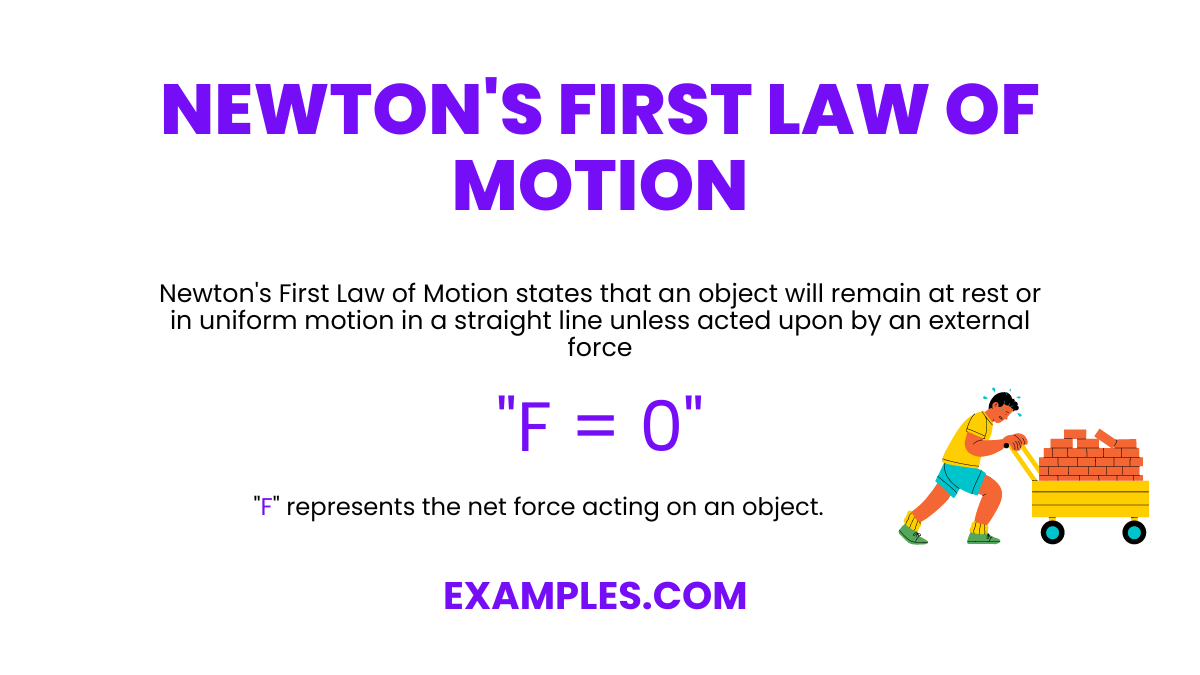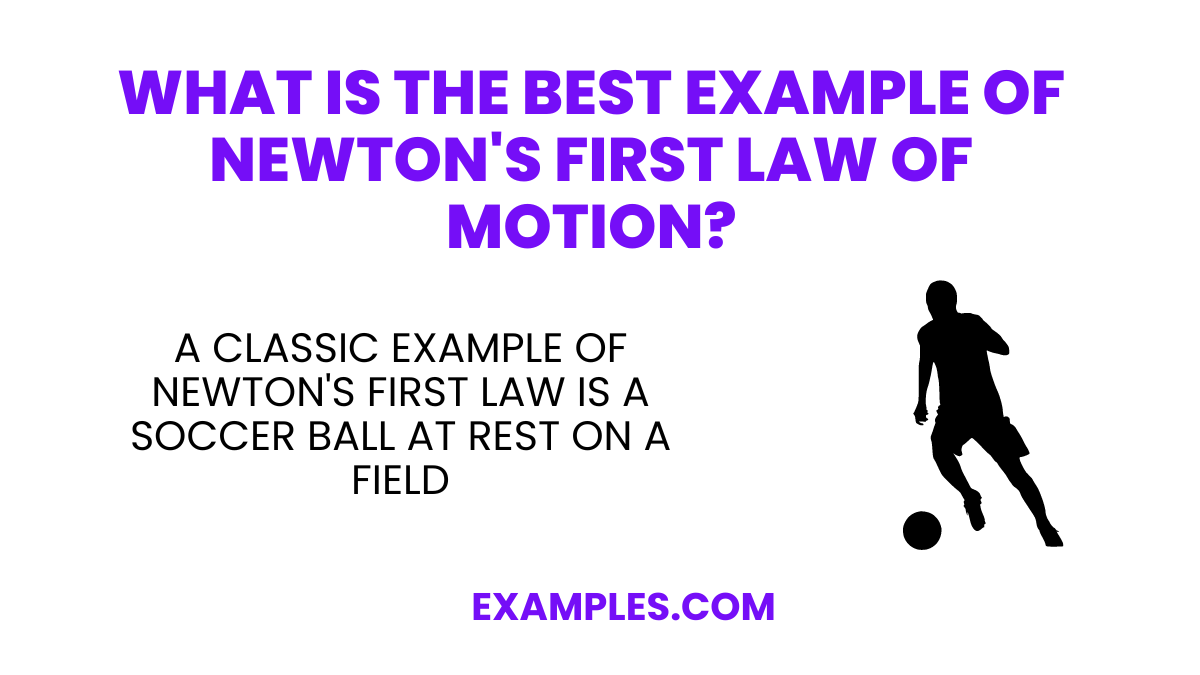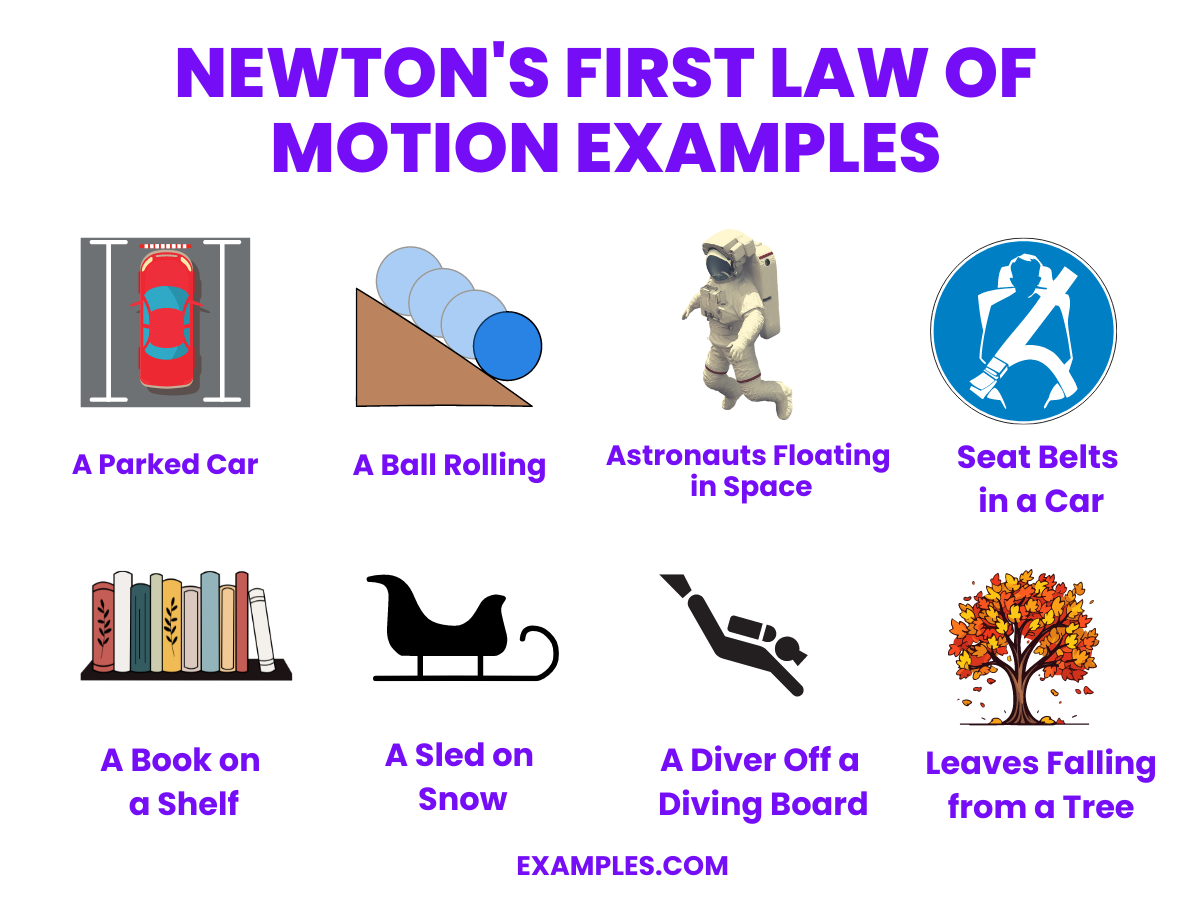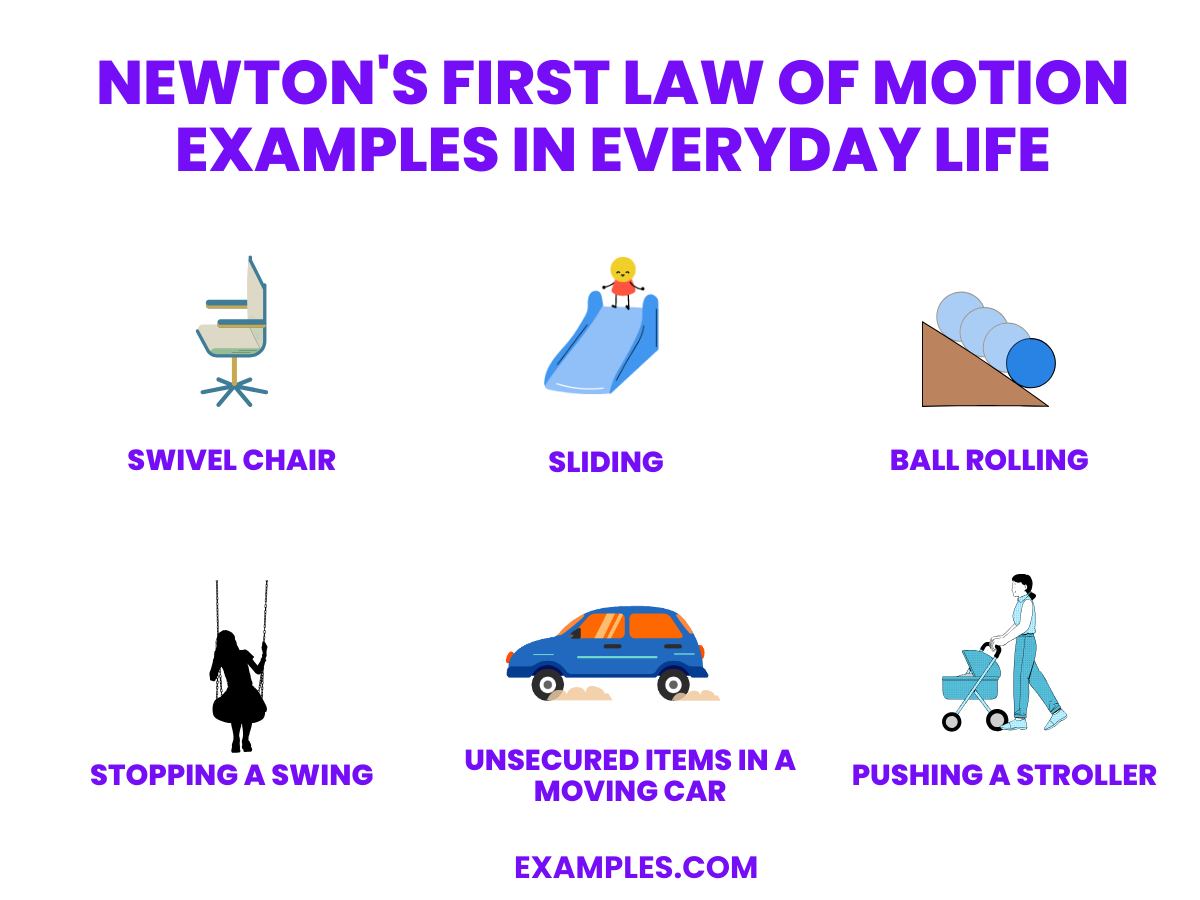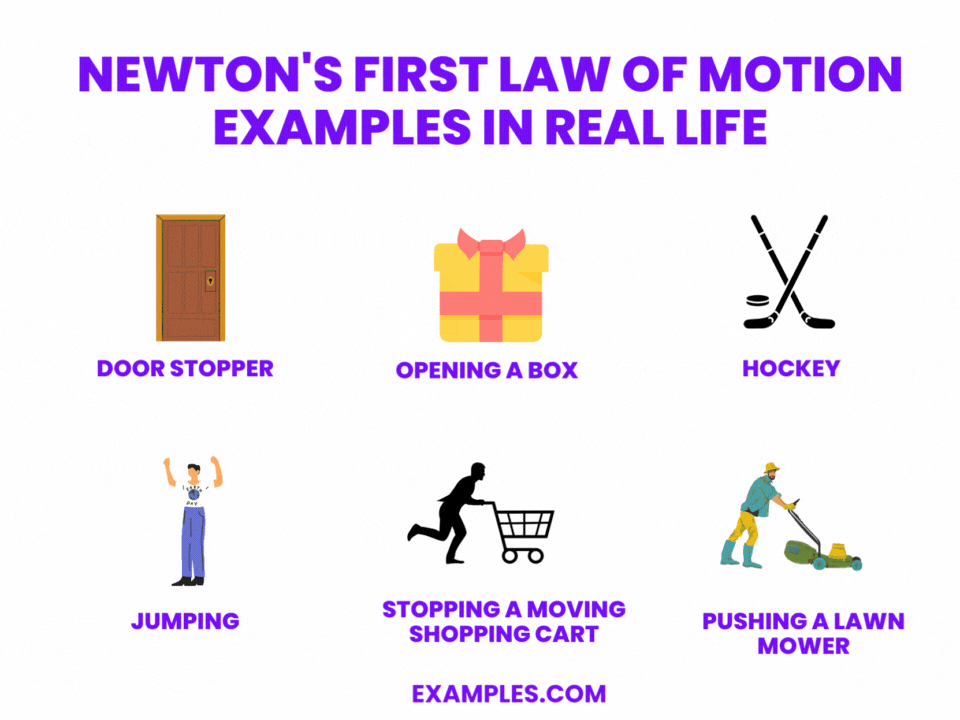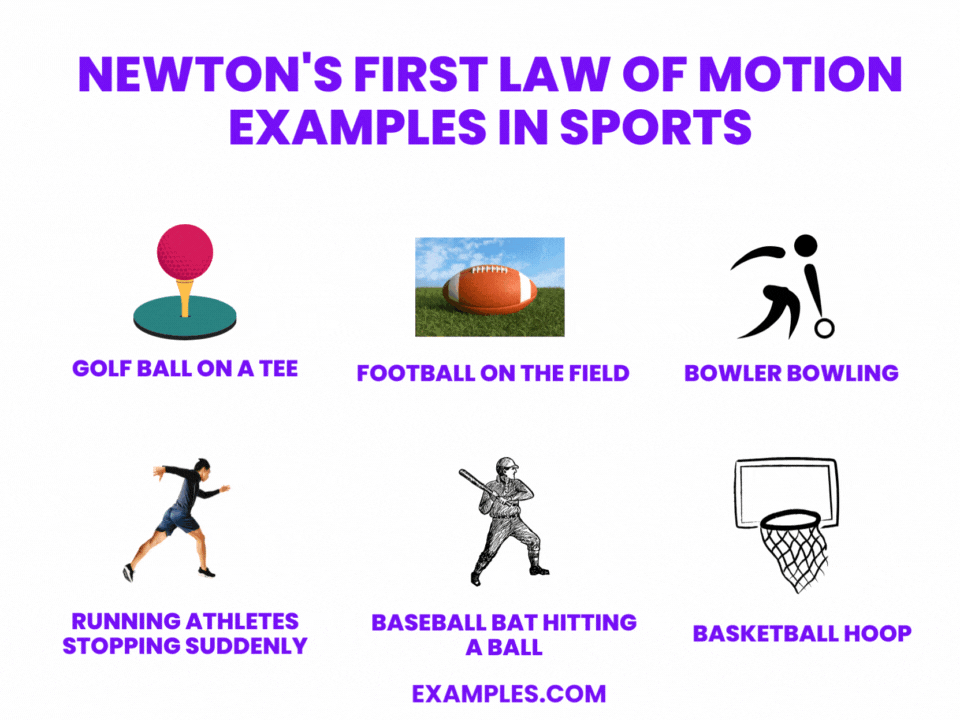What does Newton\'s First Law of Motion state?
An object at rest will remain at rest, and an object in motion will continue in motion with a constant velocity unless acted upon by an external force.
The force on an object is equal to its mass times its acceleration.
For every action, there is an equal and opposite reaction.
The gravitational force between two masses is directly proportional to the product of the masses.



